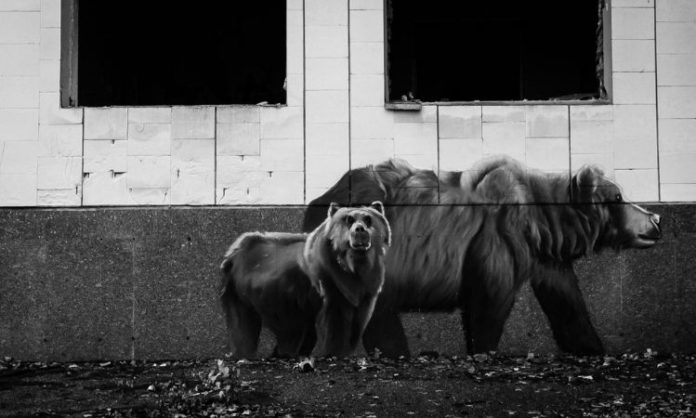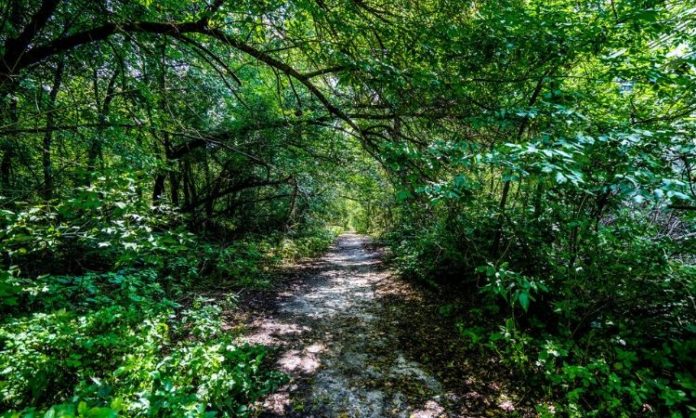On April 26th, 1986, time stood still. A nuclear reactor exploded and burned, leading to the massive evacuation of Chernobyl’s surroundings, causing tremendous long term impacts.
This nuclear accident shocked the world, destroying the environment like never before and leaving us with many questions. Thirty years later, it is possible to visit Chernobyl, although the evacuation zone will remain inhabitable for thousands of years. These 20 photos will allow you to see Chernobyl risk free, in case you’re not willing to test the safety of Chernobyl.
1. The beginning
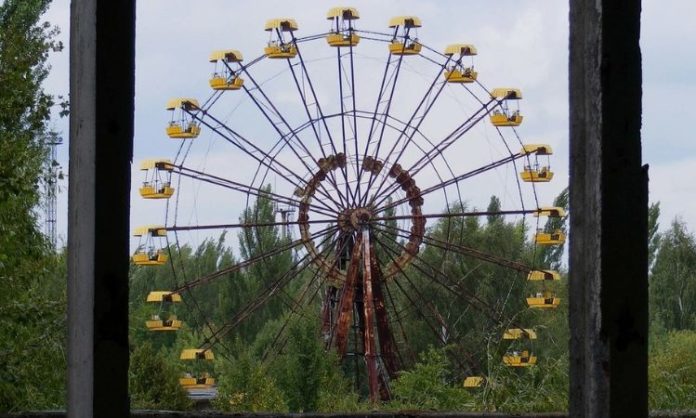
A routine test went horribly wrong on the 26th of April, 1986. This was almost the worst catastrophe in Europe since the Plague. The no. 4 reactor exploded, freeing a massive cloud of radioactive products in the air.
2. Pripyat, Ukraine
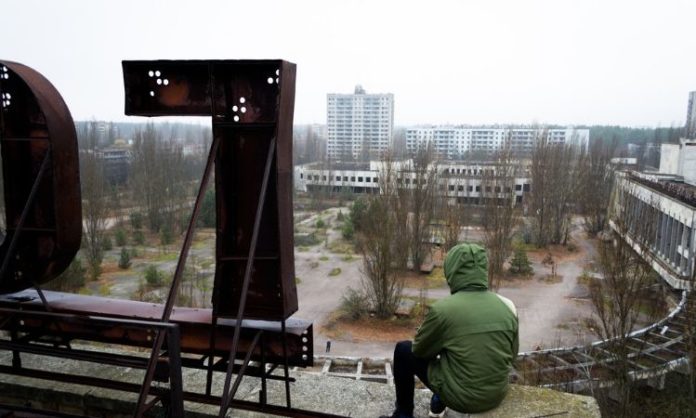
28 people died in the hour following the accident. The town of Pripyat, with its 50,000 inhabitants, had to be permanently evacuated 36 hours after the explosion.
3. Massive evacuation
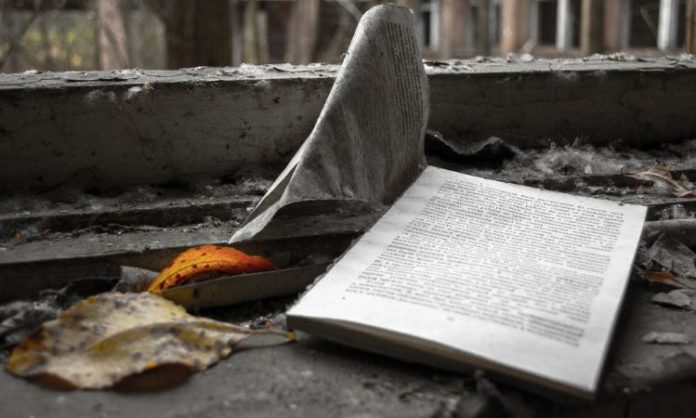
The explosion liberated 30% of Chernobyl’s 190 metric tons of uranium in the air. The USSR realized the evacuation zone needed to be broader, and evacuated 335,000 people in the end, 30 kilometres around the reactor.
4. Historic disaster
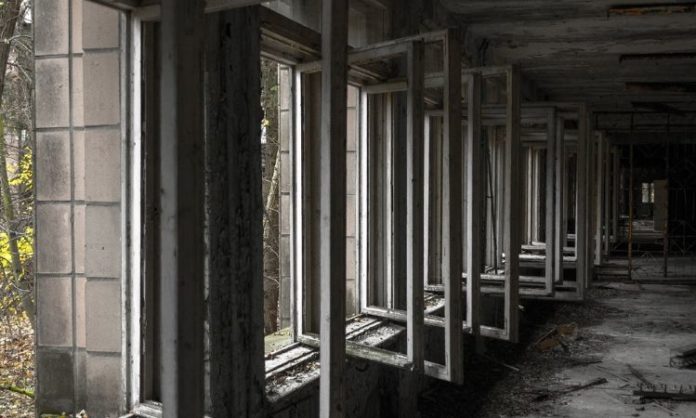
Sweden was the first country to notice abnormal radiation levels in the air. Suspicions soon aroused and everyone turned to the USSR, who hadn’t disclosed the incident to the world. However, Ukraine ended up making a brief announcement on April 28, as the consequences were impossible to hide from the world.
5. Second explosion
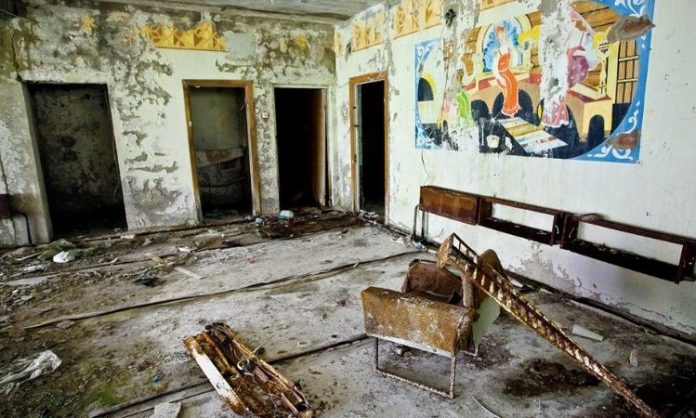
Soon enough, a second reactor was threatening to explode. This second explosion would have been even worse than the first one. A team of 3 men volunteered to prevent it, dying from radiation exposure in the process. Today, they are remembered as the “Suicide Squad”.
6. Effects of radiation
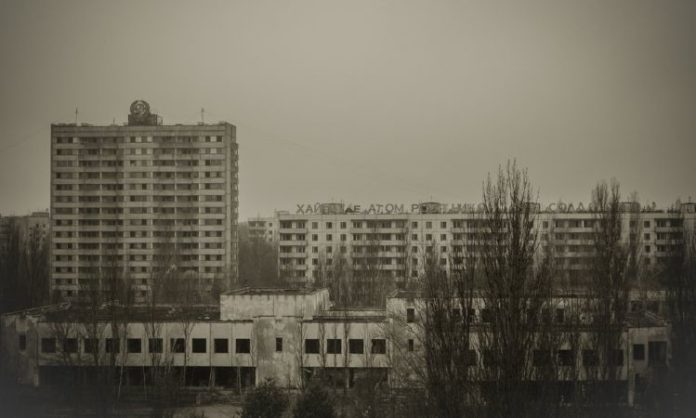
People started dying soon after the explosion. At least 6,000 kids are suspected to have developped thyroid cancer from the accident. The long term effects are still unknown.
7. Killed animals
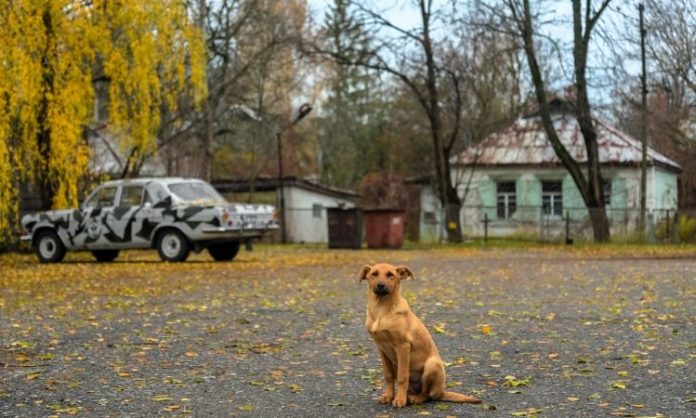
To avoid radiation propagation, animals had to be killed in the infected area. However, wild animals such as foxes, dogs and wolves returned nowadays.
8. The Babuchkas of Chernobyl
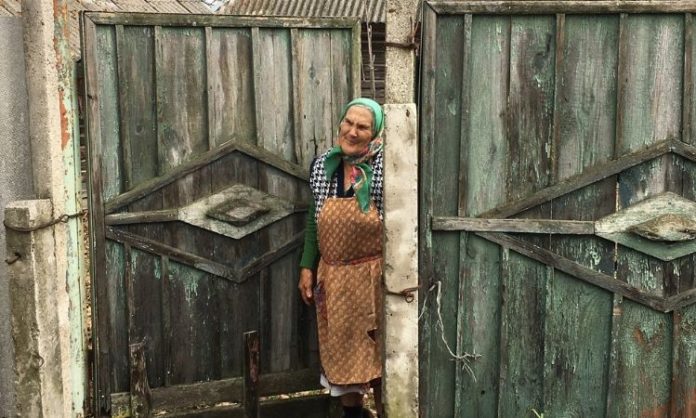
Eventhough it is forbidden to live in the exclusion zone, 1,00 people returned in the months following the accident. Most of them are old ladies, known as the Babuchkas of Chernobyl, and die of old age there.
9. Stalkers
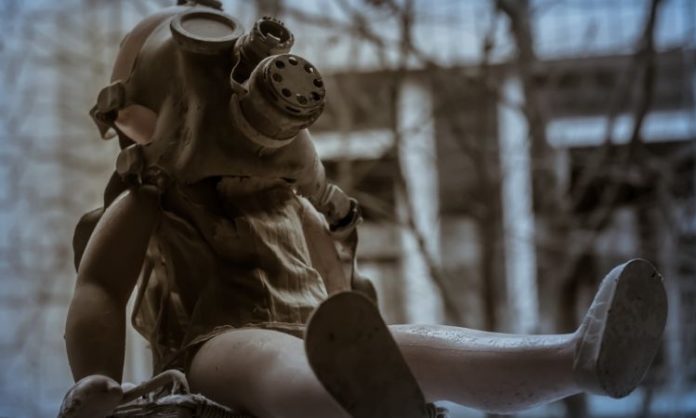
Stalkers have managed over the years to enter the heavily-controlled area surrounding Chernobyl. They are usually young people looking for a thrill, entering buildings, moving objects to take haunting photos they hope will become viral on social media.
10. Black birds

Birds have taken the hardest hit amongts wildlife following the accident. Nowadays, they have smaller brain volume, larger body masses and are mostly black.
11. Nature is taking over
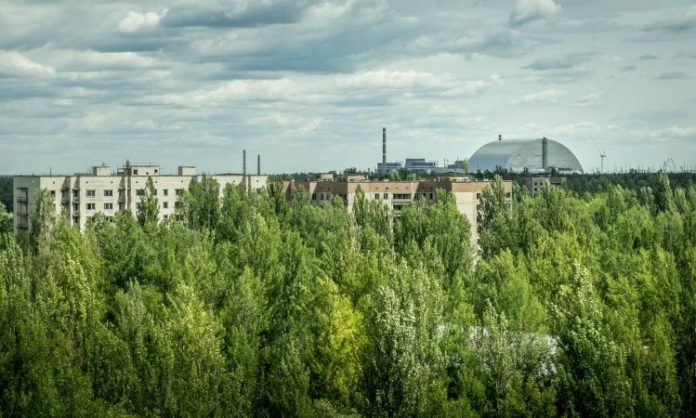
The exclusion zone is now 2,500 square kilometres, and serves as a unique natural reserve.
12. Chernobyl reactor nowadays

Today, the exploded reactor is in a sarcophagus, which is designed to contain the radioactive material inside. However, it is built to last only 30 years…
13. Chernobyl is expensive
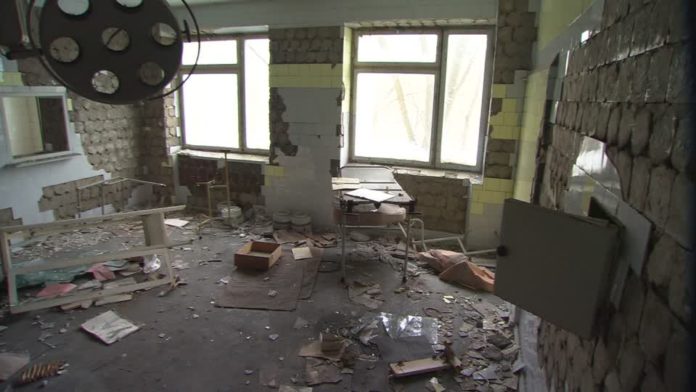
People are still paying for the catastrophe to this day, especially in Ukraine and Belarus.
14. Chernobyl Elephant
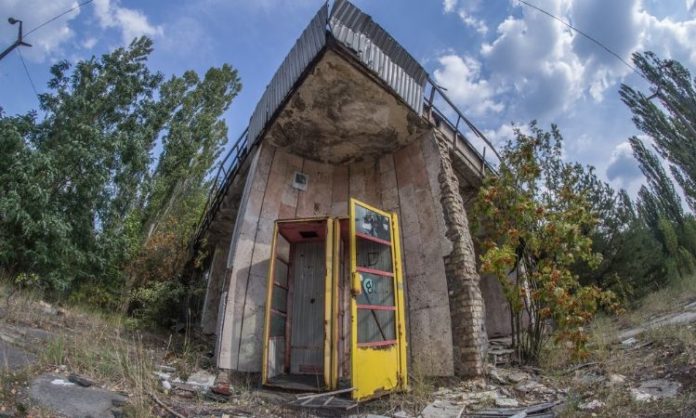
There is an elephant in the reactor. Actually, the explosion created a mass of molten radioactive fuels, nicknamed “elephant foot”. 300 seconds next to it would kill you, although is it contained in the sarcophagus.
15. The reactor is safe
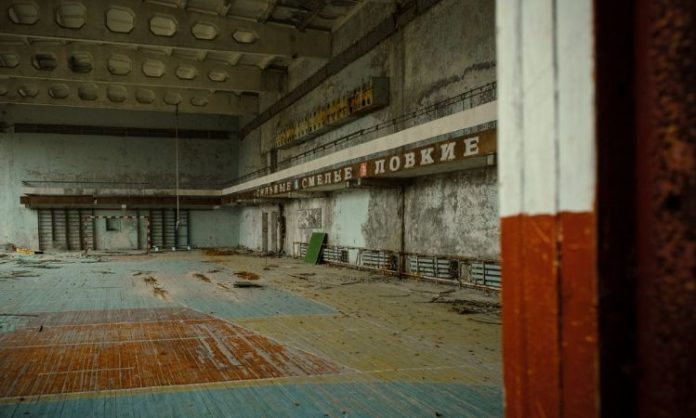
Radiation levels near the reactor are surprisingly safer than in many other areas of the exlusion zone.
16. David McMillan of Chernobyl
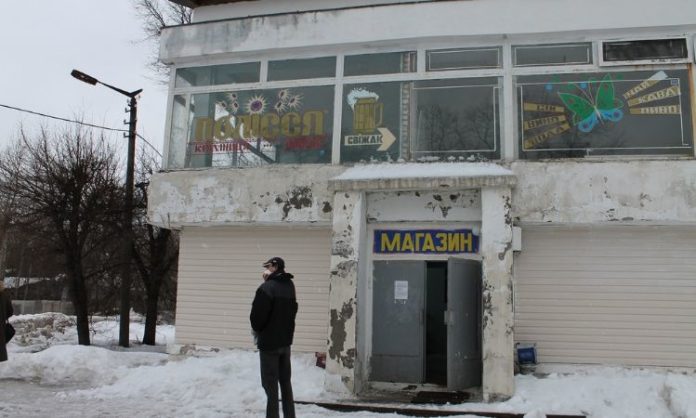
David McMillan is a renown photographer who has made 21 trips to Chernobyl since 1994. His work documents the passage of time in this abandonned area.
17. Chernobyl was operated until 2000.
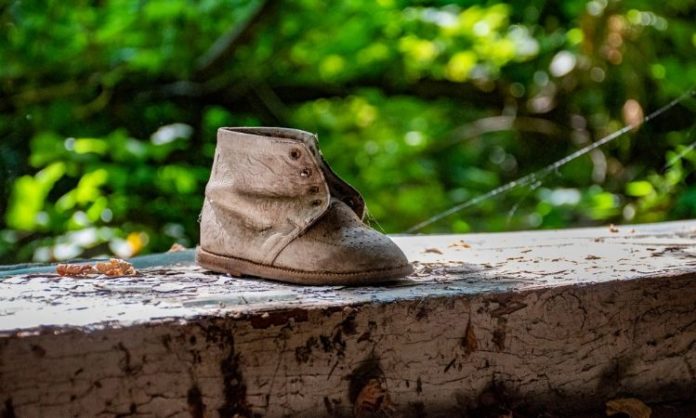
As Ukraine relied on electricity produced by nuclear reactors, they had to continue operating Chernobyl for years following the accident. The last unit to close, Unit 3, closed in 2000.
18. Cleanup is ongoing still
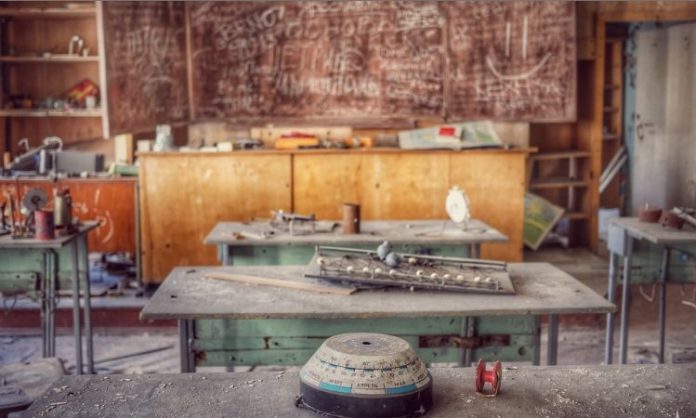
A few cleaning measures included: dropping sand in the reactor; chopping nearby forests, destroying surrounding villages and killing abandonned animals.


![[Photos] Why WD-40 Is Magic In Your Garden?](https://lifetonik.com/wp-content/uploads/sites/7/2019/08/WD40-Prices-Highres_Page_8_Image_0008-218x150.jpg)
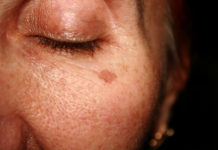




![[Photos] Take A Look Of The Obama’s New Home Before It’s Banned](https://lifetonik.com/wp-content/uploads/sites/7/2019/07/Obama1-218x150.jpg)
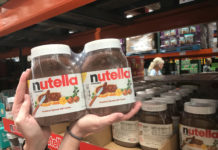
![[Slideshow] Celebrity Homes: 21 Of The Most Luxurious](https://lifetonik.com/wp-content/uploads/sites/7/2019/07/Taylor-Swift-218x150.jpg)
![[Slideshow] More Parents Are Now Gluing Pennies to the Bottom of their Kid’s Shoes](https://lifetonik.com/wp-content/uploads/sites/7/2019/07/Keep-Them-Entertained-218x150.jpeg)
![[Photos] 20 Fashion Mistakes That Too Many Women Make!](https://lifetonik.com/wp-content/uploads/sites/7/2019/07/5-style-mistakes-that-make-you-look-frumpy-featured-218x150.jpg)





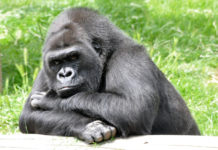





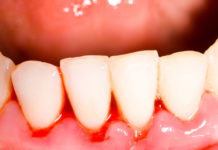



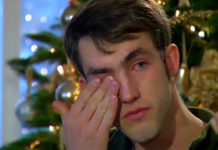



![[Gallery] 25 Discounts For Seniors To Which You Are Entitled Without Knowing It](https://lifetonik.com/wp-content/uploads/sites/7/2019/08/EAZxECUXUAAvNZR-218x150.jpg)
![[Slideshow] Here’s the salary of every governor in the United States](https://lifetonik.com/wp-content/uploads/sites/7/2019/08/Charlie-Baker-218x150.jpg)
![[Photos] No One Will Want To Buy This House After Seeing These Pictures](https://lifetonik.com/wp-content/uploads/sites/7/2019/08/terrible-real-estate-photos-2-5c35e727c9f95__700-218x150.jpg)

